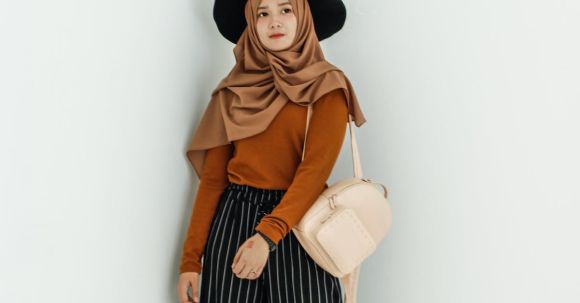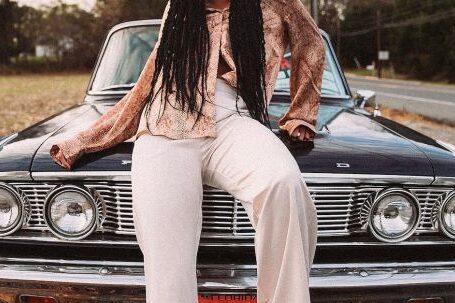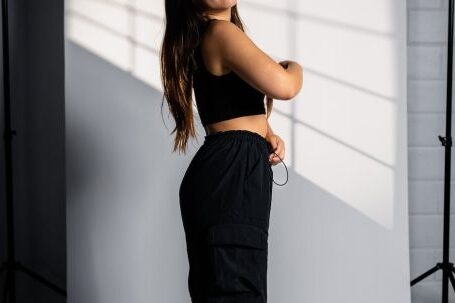Color coordination is a crucial aspect of men’s fashion. It can make or break an outfit, leaving a lasting impression on those around you. However, for many men, understanding how to effectively coordinate colors can be a daunting task. The good news is that it doesn’t have to be. By following a few simple guidelines, you can master the art of color coordination and elevate your style to new heights.
First and foremost, it’s important to understand the color wheel. The color wheel is a visual representation of how colors relate to one another. It consists of primary colors (red, blue, and yellow), secondary colors (orange, green, and purple), and tertiary colors (a combination of primary and secondary colors). By familiarizing yourself with the color wheel, you can easily identify complementary and analogous color schemes.
Complementary colors are those that are opposite each other on the color wheel. For example, blue and orange or red and green. When paired together, complementary colors create a bold and eye-catching contrast. However, it’s important to use them in moderation to avoid overwhelming your outfit. For instance, a navy blue suit paired with an orange tie can create a striking look that exudes confidence and sophistication.
Analogous colors, on the other hand, are those that are adjacent to each other on the color wheel. For example, blue and green or red and purple. Analogous color schemes create a harmonious and cohesive look. They are perfect for those who want a more subtle and understated style. For instance, a light blue shirt paired with a navy blue blazer and khaki pants creates a polished and put-together outfit that is suitable for both formal and casual occasions.
Another important aspect of color coordination is understanding the concept of warm and cool colors. Warm colors, such as red, orange, and yellow, evoke feelings of energy and vibrancy. Cool colors, such as blue, green, and purple, have a calming and soothing effect. When incorporating warm and cool colors into your outfit, it’s essential to strike a balance. Too much of one or the other can disrupt the overall harmony of your look.
Neutral colors, such as black, white, gray, and brown, are the backbone of any well-coordinated outfit. They provide a solid foundation and allow other colors to shine. Neutral colors can be paired with almost any other color, making them versatile and timeless. For example, a white dress shirt paired with gray trousers and a brown belt creates a classic and sophisticated look that is suitable for any occasion.
In addition to understanding color theory, it’s also important to consider the occasion and the message you want to convey through your outfit. For formal events, a more subdued color palette is generally appropriate. Classic colors like black, navy blue, and gray are always a safe choice. However, for more casual occasions, don’t be afraid to experiment with bolder and brighter colors. It’s all about finding the right balance and expressing your personal style.
In conclusion, mastering color coordination in menswear doesn’t have to be a daunting task. By understanding the color wheel, familiarizing yourself with complementary and analogous color schemes, and considering the occasion, you can effortlessly elevate your style. Remember to strike a balance between warm and cool colors and use neutral colors as a foundation. With these guidelines in mind, you can confidently navigate the world of color coordination and make a lasting impression with your impeccable fashion sense.





